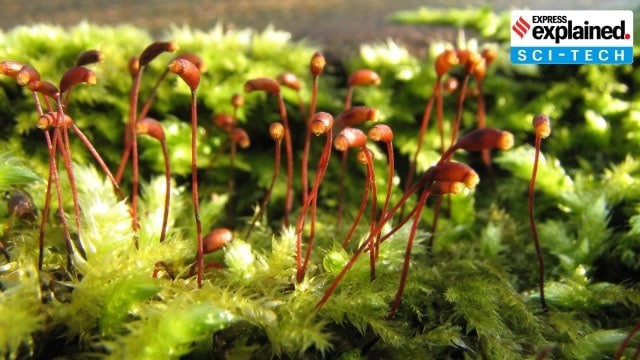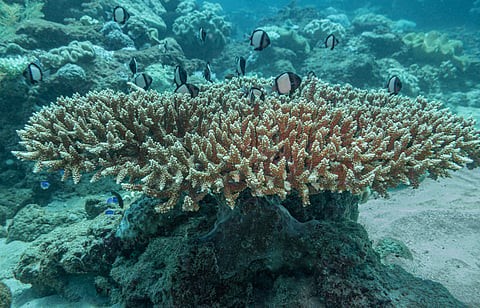





Copyright infringement not intended
Picture Courtesy: https://timesofindia.indiatimes.com/city/visakhapatnam/critically-endangered-jerdons-courser-not-seen-in-a-decade/articleshow/111739906.cms
Context: The Jerdon's courser, a bird endemic to Andhra Pradesh, is a critically endangered species facing an uncertain future.
About Jerdon's Courser

Physical Description
Distribution
Conservation Status and Threats
|
International Union for Conservation of Nature (IUCN) ●Founded in 1948, the IUCN was created to assess and document the conservation status and extinction risks of biological species worldwide. ●Its overarching mission is to influence, encourage, and assist societies worldwide in conserving nature and ensuring that the use of natural resources is equitable and ecologically sustainable. ●The IUCN Red List of Threatened Species evaluates the conservation status of species globally, categorizing them into various classifications such as "Least Concern," "Endangered," and "Critically Endangered." ●The IUCN operates with funding from a variety of sources, including member contributions, grants, donations, and partnerships with governments, NGOs, and private sector entities. ●The IUCN's headquarters is situated in Gland, Switzerland. |
Conservation Efforts

Conclusion
Source:
|
PRACTICE QUESTION Q. Consider the following statements in the context of the Jerdon's Courser: 1. It is a bird endemic to Western Ghats. 2. In flight, it displays a mostly black tail and a prominent white wing bar. 3. It is categorized as Vulnerable under the IUCN Red List due to habitat loss and fragmentation. How many of the above statements are incorrect? A) Only one B) Only two C) All three D) None Answer: B |







© 2025 iasgyan. All right reserved